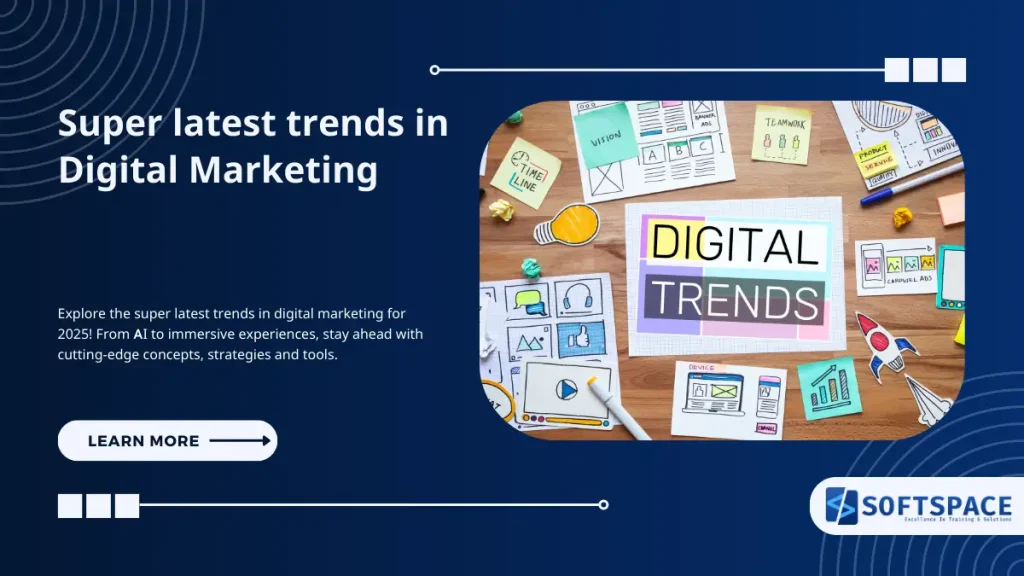New Trends in Digital Marketing in 2025: How AI, Personalisation, and Data Are Shaping the Future?
The digital marketing landscape in 2025 is evolving faster than ever, driven by the powerful combination of artificial intelligence (AI) and human creativity. As brands compete for attention in an increasingly crowded online space, success now depends on how effectively they adopt new technologies, adapt to changing consumer behaviour, and navigate stricter data privacy regulations.
Recent years have seen a dramatic shift in digital marketing strategies. The explosive growth of short-form video content, the rise of AI-powered personalisation, and the need for multi-channel marketing have made traditional tactics less effective. Today’s marketers face a dynamic environment where platform algorithms and emerging tools continually reshape best practices, making agility, data-driven decisions, and experimentation more critical than ever.
To stay ahead in 2025, businesses must stay on top of the new trends in digital marketing, embrace innovation, and consistently update their strategies using the latest AI marketing tools and consumer insights. This guide explores the new trends in digital marketing in 2025 and provides actionable tips for improving your online presence, customer engagement, and return on investment (ROI), whether you’re a startup or an established brand.

New Trends in Digital Marketing in 2025
Summary of Emerging Trends Transforming Marketing Strategies
| Trend | Description |
|---|---|
| AI agents & Generative AI | Smart AI agents automate workflows, innovate content generation, and assist in personalisation and planning. |
| Marketing Mix Modeling (MMM) | Advanced MMMs offer granular, cross-channel performance insights to optimise marketing spend effectively. |
| Shoppable Video & CTV Ads | Interactive videos and connected TV ads enable direct purchases through engaging content. |
| Generative Engine Optimization (GEO) | Optimising content for AI-driven search and large language model-generated results to improve brand visibility. |
| AI‑Generated Virtual Influencers | AI-created virtual brand ambassadors offer scalable engagement but require authenticity and transparency. |
| Privacy-first Data & First-party Strategy | Using first-party data with privacy compliance to build trust and deliver personalised experiences. |
| Social Commerce & Sustainability | Integrating social shopping and reflecting consumer demand for sustainability and ethical business practices. |
| Meme Marketing with AI | Utilising AI-generated memes to engage audiences with culturally relevant, viral micro-content. |
| Voice & Visual Search | Optimising for voice and visual search to align with evolving user behaviour beyond traditional SEO. |

